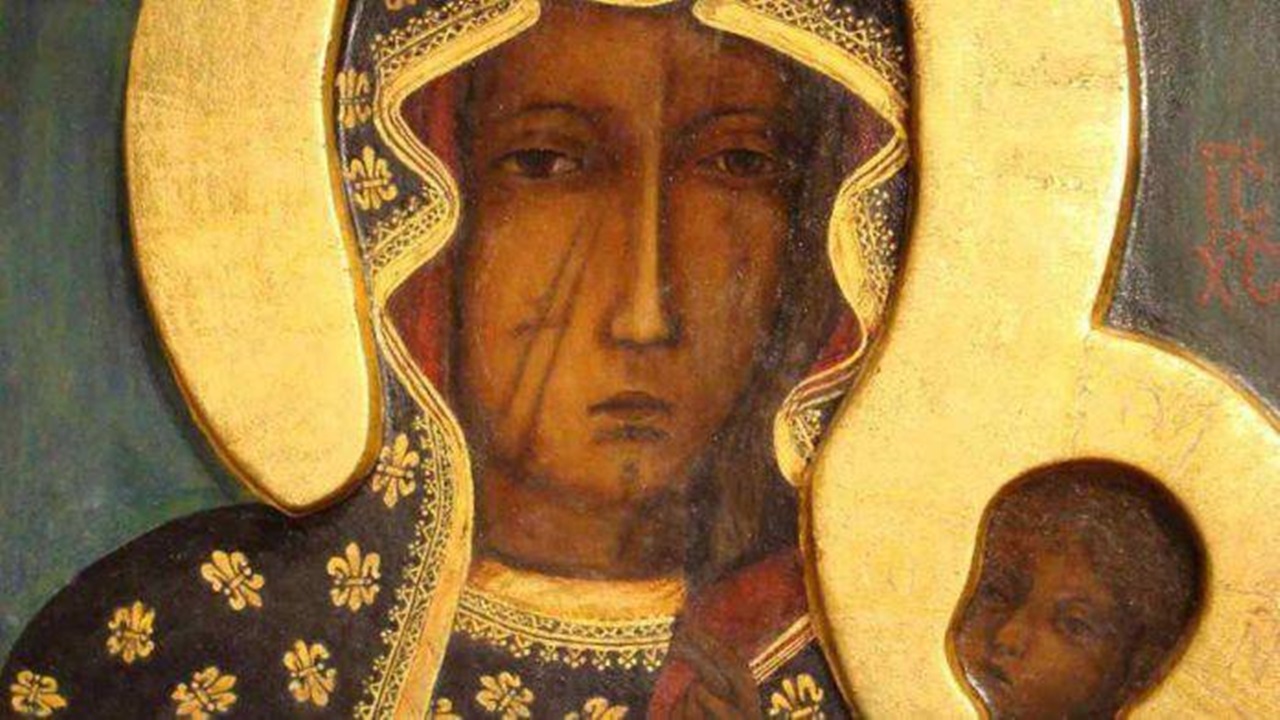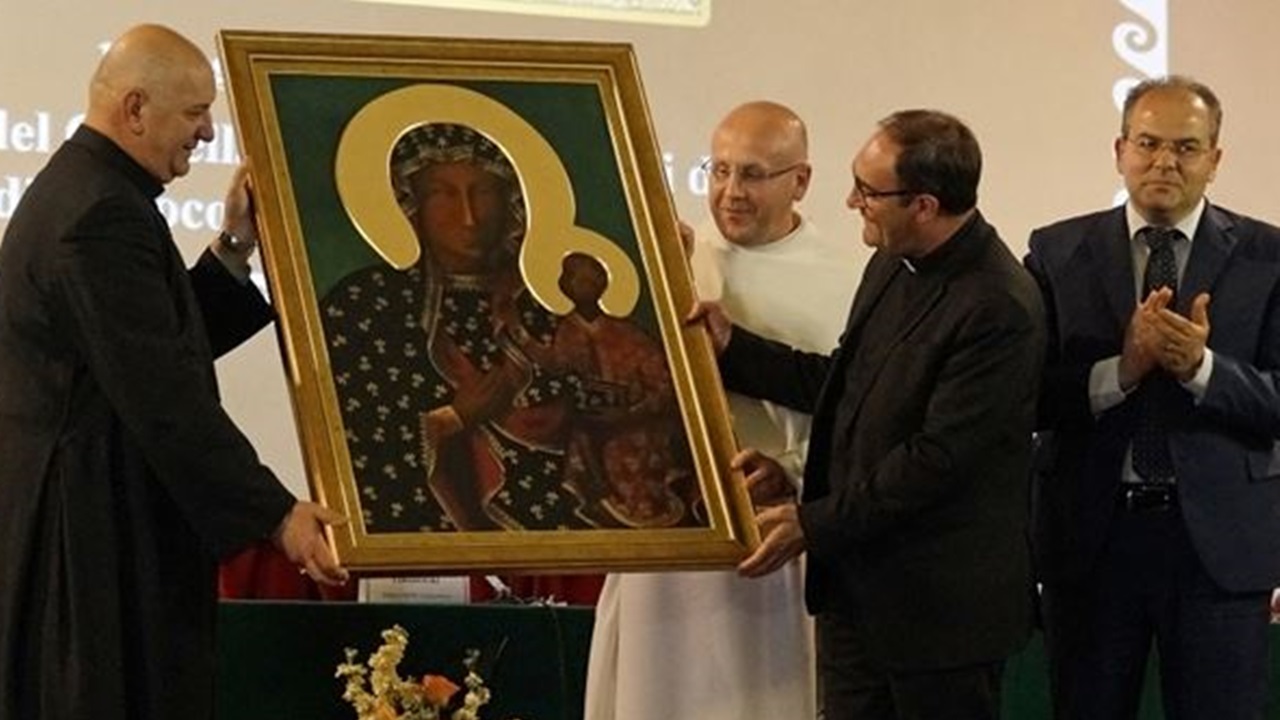The Black Madonna of Czestochowa and the miracle at the time of the desecration
La Black Madonna of Czestochowa is one of the most loved and venerated icons in the Catholic tradition. This ancient sacred image can be found in the Jasna Gora Monastery in the city of Czestochowa, Poland. Her story is shrouded in mystery and the legends that surround her add to her charm.

The image of the Black Madonna is painted on a wooden panel, with a size of approximately 122 centimeters by 82 centimeters. Its exact origin is still a matter of debate among historians, but the icon is generally believed to date back to medieval period, around the 14th century. According to legend, the picture was painted by San Luca, the evangelist, on Maria's table the mother of Jesus, which was made with wood from the same cross on which Jesus was crucified.
The Miracle of the Black Madonna
Over time, the picture had to go through various vicissitudes. In the 1382, prince Ladislaus of Opole had a monastery built on the hill of Jasna Gora, where the image was also transferred together with the monks. The most striking episode, however, occurs in 1430 when the sanctuary was attacked by the Hussites, that they desecrated the icon hitting her with the saber and causing a miraculous bleeding which attracted crowds of believers.

Pope Clement XI in 1717 he had it renovated and since then it has been loved and venerated by all of Poland. This icon has inspired numerous pilgrimages and devotions. Every year, millions of pilgrims go to visit it, bringing with them prayers and requests for intercession. Historians have recorded the presence of popes, kings, generals and common pilgrims among those who have prayed before this sacred image over the centuries.
Today, this Madonna continues to be one of the most icons import anti of the Catholic faith. The presence of him is a symbol of hope and protection and many believers revere her as a special connection to the Virgin Mary.